Physical Address
304 North Cardinal St.
Dorchester Center, MA 02124
Physical Address
304 North Cardinal St.
Dorchester Center, MA 02124
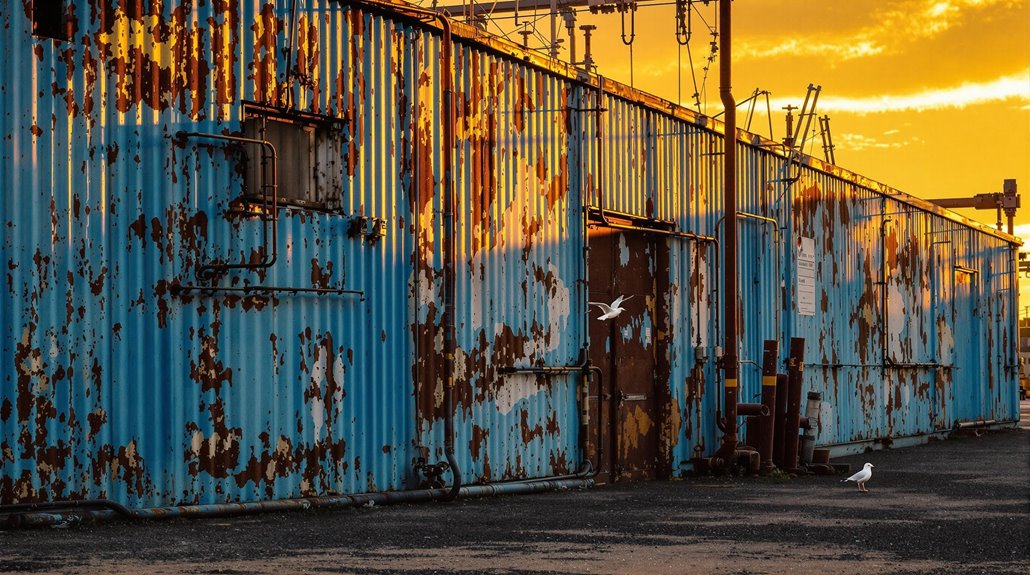
Beyond its industrial port facade, Bahía Blanca reveals surprising treasures you won't expect. You'll discover French neoclassical architecture in the downtown core, vibrant artisan markets in Villa Rosas, and a 300-kilometer natural reserve teeming with wildlife. From the historic Fortaleza Protectora Argentina to the modern National University of the South, the city blends maritime heritage with cultural innovation. There's more to this Argentinian port city than meets the eye.
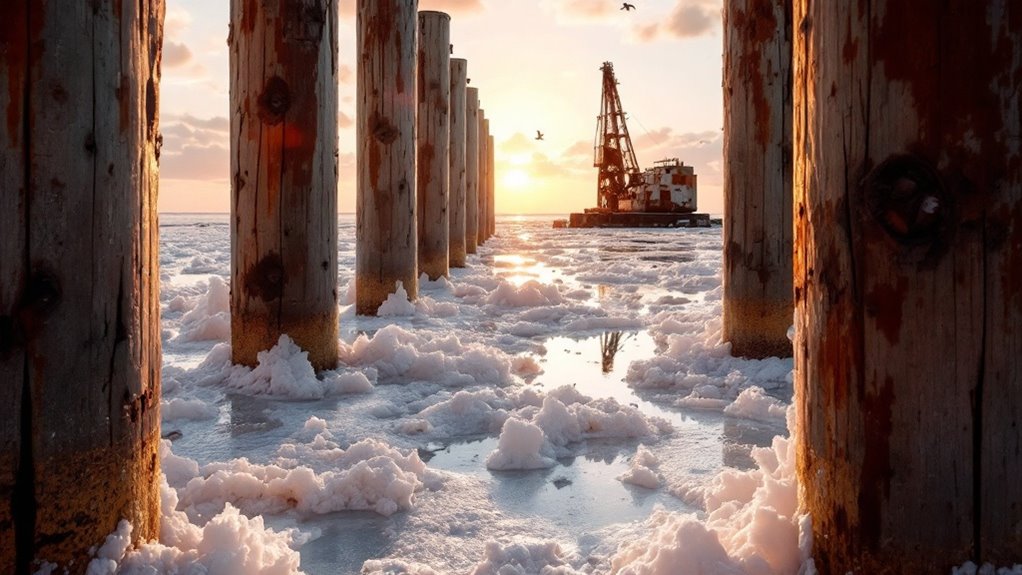
When Ferdinand Magellan's fleet first glimpsed the white-tinged shores of what would become Bahía Blanca in 1520, they couldn't have known they'd discovered one of Argentina's most strategic maritime locations.
The salt deposits that gave the bay its name "Baxos de arenas blancas" (Shoals of White Sands) would later draw settlers seeking to establish a foothold on this pristine coast.
You'll find the area's true strategic importance emerged in 1828 when Colonel Ramón Estomba, under orders from Juan Manuel de Rosas, established the Fortaleza Protectora Argentina.
This fortress wasn't just a military outpost – it was the seed that would grow into today's vibrant city.
Though early settlers faced fierce Indigenous raids and supply shortages, they persevered, transforming a frontier outpost into what you'd recognize as modern Bahía Blanca. The arrival of the railway in 1884 marked a turning point, bringing unprecedented agricultural growth to the region.
In modern Bahía Blanca, you'll discover an uncommon harmony between industrial might and cultural heritage, where smoking factory stacks stand alongside neo-classical theaters.
You can explore the French-inspired Rivadavia Square, where weekend artisan markets transform industrial castoffs into creative treasures, or catch a worker-authored play at the stunning Municipal Theatre.
The city's cultural fabric weaves together stories from European settlers, Andean migrants, and port workers. The square's design showcases elegant French-style symmetry in its carefully manicured gardens.
You'll find Italian heladerías serving dulce de leche next to converted warehouses hosting art exhibitions, while vocational training centers buzz with activity.
Don't miss the Bahía Blanca Museum, where industrial history meets contemporary art, or the annual Fiesta Nacional del Puerto, where proud workers parade through streets lined with heritage buildings that tell tales of immigration and innovation.
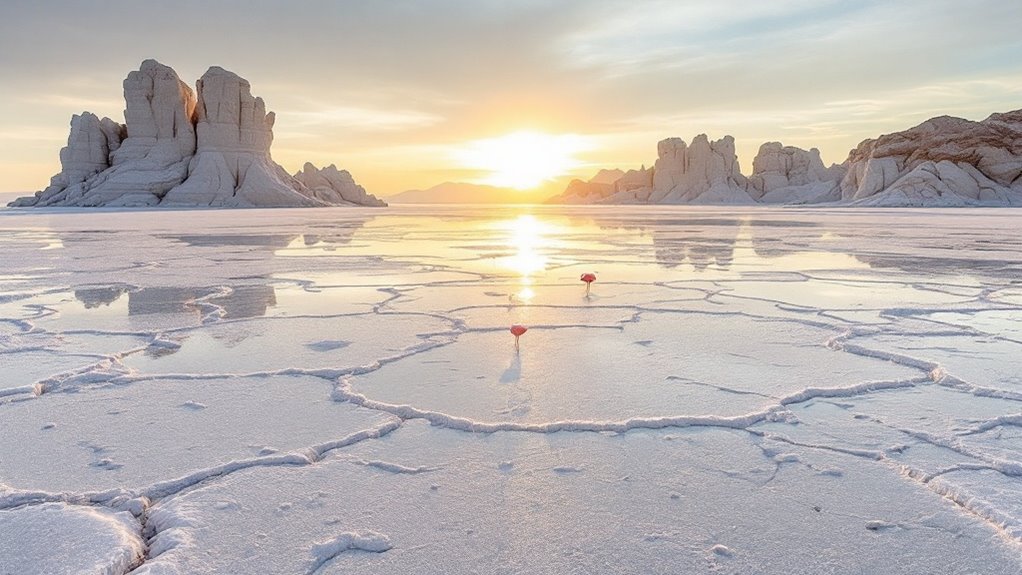
Beyond the industrial skyline of Bahía Blanca lies an unexpectedly rich tapestry of natural wonders, where the city's famous estuary unfolds into a sprawling 300-kilometer natural reserve.
You'll find yourself transported from the busy port to a serene ecosystem where nature takes center stage. The reserve isn't just a protected area – it's a living classroom where you can witness the delicate dance between land and sea. The area's temperate climate makes it accessible and enjoyable throughout most of the year.
As you explore the estuary's channels and wetlands, you'll discover why this unique environment earned its protected status. While most visitors come to Bahía Blanca for its industrial prowess, you'll quickly realize that the real treasure lies in these natural spaces, where the waters meet the shore and create a haven for diverse wildlife.
The architectural heritage of Bahía Blanca's downtown core stands in striking contrast to its natural surroundings, telling stories of Argentina's golden age through its magnificent buildings. The city's streets are organized in a rectangular block layout that radiates from the main square.
Majestic architecture rises from Bahía Blanca's landscape, each historic building a testament to Argentina's prosperous past.
You'll discover French neoclassical masterpieces like the 1921 Banco de la Nación, with its distinctive concave corner design, and the stunning City Hall, inaugurated in 1909.
Around Plaza Rivadavia, the 1900 Cathedral's soaring spires share space with the Stock Exchange's proud condor symbol, while the 1928 Courthouse, now a Provincial Historic Monument, showcases the city's judicial grandeur.
Don't miss the modernist Casa Y Estudio Pillado from 1935, or the Barrio Inglés's Catalan House, featuring Gaudi-inspired trencadís tilework that adds unexpected whimsy to this architectural treasure trove.
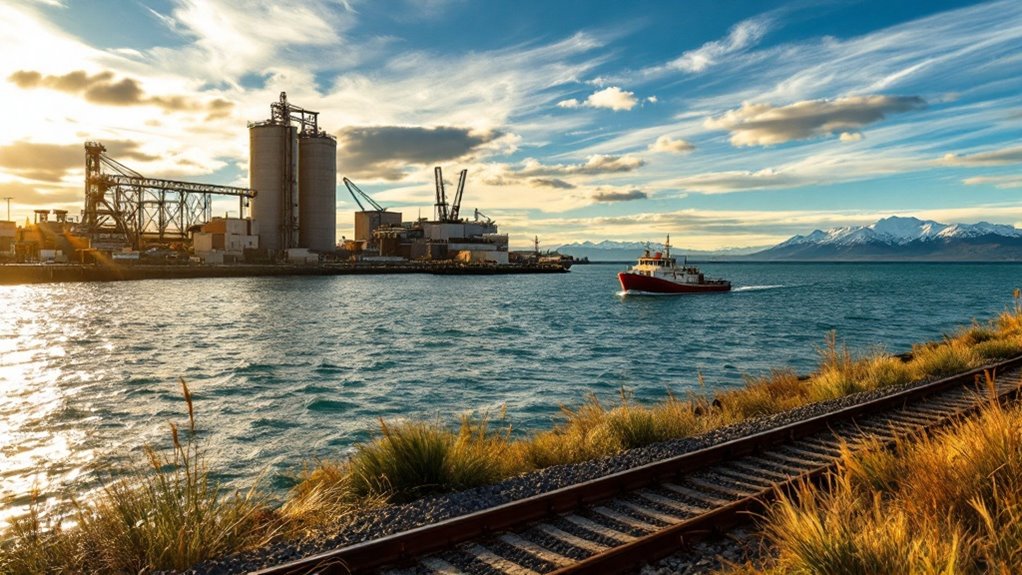
Situated at the crossroads of Argentina's Pampas and Patagonia, Bahía Blanca serves as your perfect launchpad into the continent's most dramatic wilderness adventures.
You'll find yourself just 100 kilometers north of the Colorado River, perfectly positioned to explore both the stunning Sierra de la Ventana mountains and pristine Atlantic coastline.
From here, you're connected to every corner of Patagonia through the bustling Comandante Espora Airport and an extensive bus network. With its status as the largest southern port in Argentina, the city ensures reliable transportation connections year-round.
Whether you're planning to spot rare Pampas Meadowlarks, kayak the Sauce Chico River, or catch a glimpse of majestic whales at Puerto Pirámides, Bahía Blanca's got you covered.
Don't forget to stock up on supplies and check the latest weather advisories at the city's multilingual tourism offices before heading south into Argentina's wild frontier.
Maritime heritage runs deep through Bahía Blanca's veins, from its humble beginnings as Fortaleza Protectora Argentina in 1828 to its current status as Argentina's premier naval hub.
The National University of South, established in 1956, stands as a testament to the city's commitment to education and progress.
You'll find this legacy everywhere, from the historic Puerto Belgrano naval base to the bustling modern port that handles over 9 million tons of cargo annually.
While you explore the city, you'll discover fascinating layers of history – from Charles Darwin's 1833 visit aboard the HMS Beagle to the iconic Casa Bonet's restored modernist architecture.
Today, you're witnessing a city that's embracing its future while honoring its past. The port's ambitious sustainability initiatives, including wind farms and ocean conservation programs, are transforming this historic maritime center into a model of eco-friendly progress, all while maintaining its vital role in South American trade.
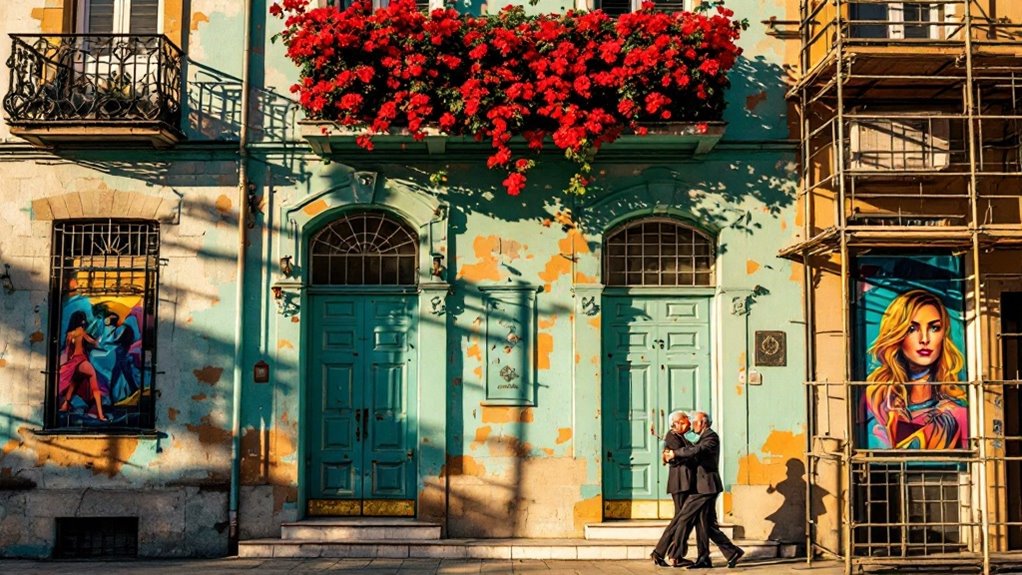
Bursting with creative energy, Bahía Blanca's art scene weaves together classical refinement and bold contemporary expression.
You'll discover French neoclassical landmarks standing proudly alongside vibrant street murals, while the city's 80-member Symphony Orchestra fills historic halls with timeless melodies.
At the Museo de Arte Contemporáneo, housed in a stunning Art Nouveau mansion, you're treated to Argentina's finest modern works free of charge.
Don't miss the Paseo de las Esculturas, where more than 20 modern sculptures catch the sunlight, or the illuminated installations along the Paseo Portuario waterfront.
The city's artistic soul shines through in unexpected places – from the 152-meter thermoelectric plant chimney that's become an industrial art landmark to community murals telling immigrant stories in working-class neighborhoods.
The cultural heartbeat of the region pulses strongly at the iconic Teatro de Ingeniero White, where since 1925 local artists have gathered to showcase theatrical performances and cultural events.
Beyond the tourist-filled plazas and bustling port, Bahía Blanca's true character comes alive in its diverse neighborhoods, where local life unfolds in unexpected ways.
You'll discover Villa Rosas' tree-lined streets, where local artisans craft treasures in historic workshops, or wander through Villa Harding Green's community gardens, where weekly farmers' markets showcase the region's bounty.
In Barrio Universitario, you're bound to stumble upon charming student cafés and well-worn bookshops, while Parque de Mayo's surrounding streets buzz with families enjoying outdoor fitness zones and playgrounds. The area's mild climate makes these outdoor spaces enjoyable throughout most of the year.
Don't miss Ingeniero White, where converted industrial warehouses tell tales of the city's maritime heritage, and museums preserve stories of the port that's shaped Bahía Blanca's identity for generations.
You'll find it's no coincidence that Bahia Blanca's name means "White Bay," as its pristine salt flats mirror the same determination that's shaped this resilient port city. Whether you're exploring historic neighborhoods or watching cargo ships glide past windswept beaches, you're experiencing a place where industrial might meets cultural grace. For travelers willing to look deeper, Bahia Blanca reveals itself as Argentina's perfect gateway between urban life and Patagonian wilderness.